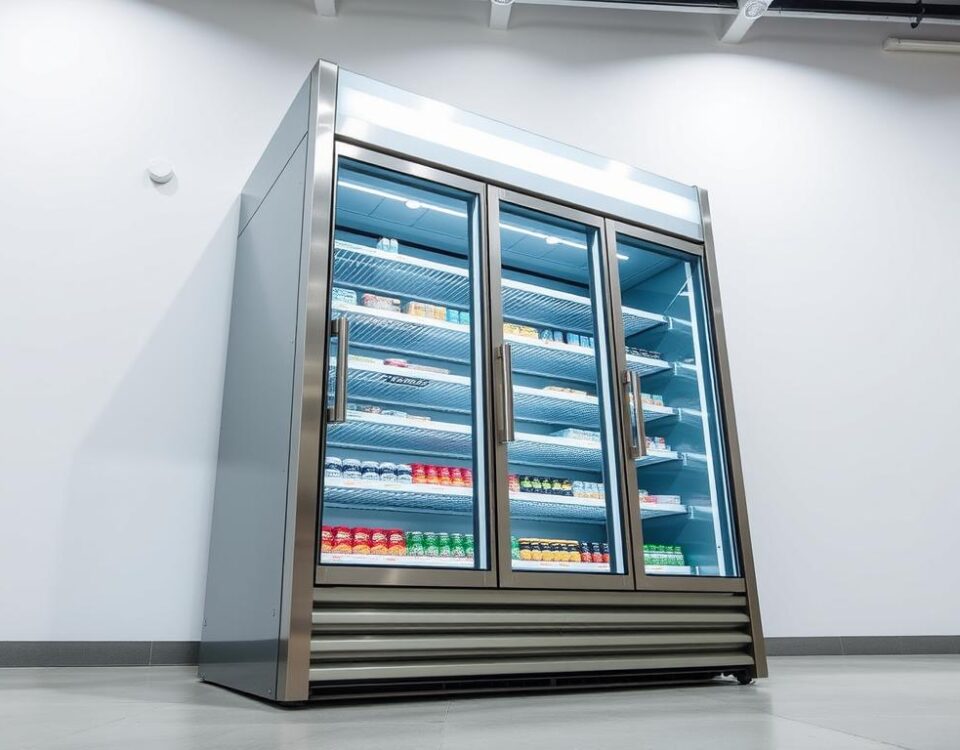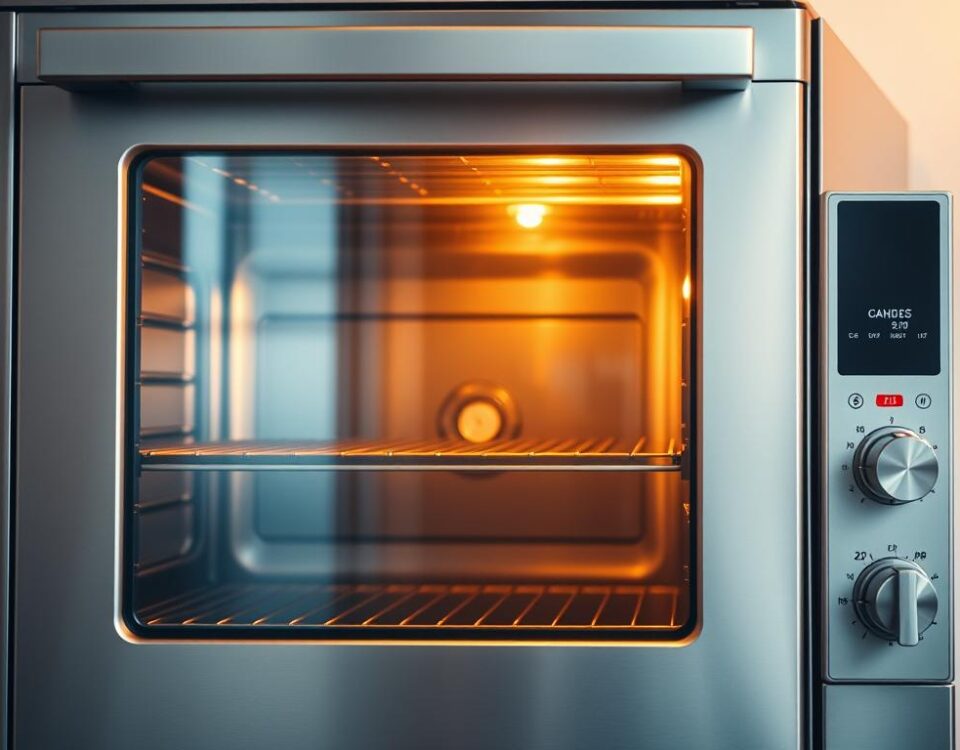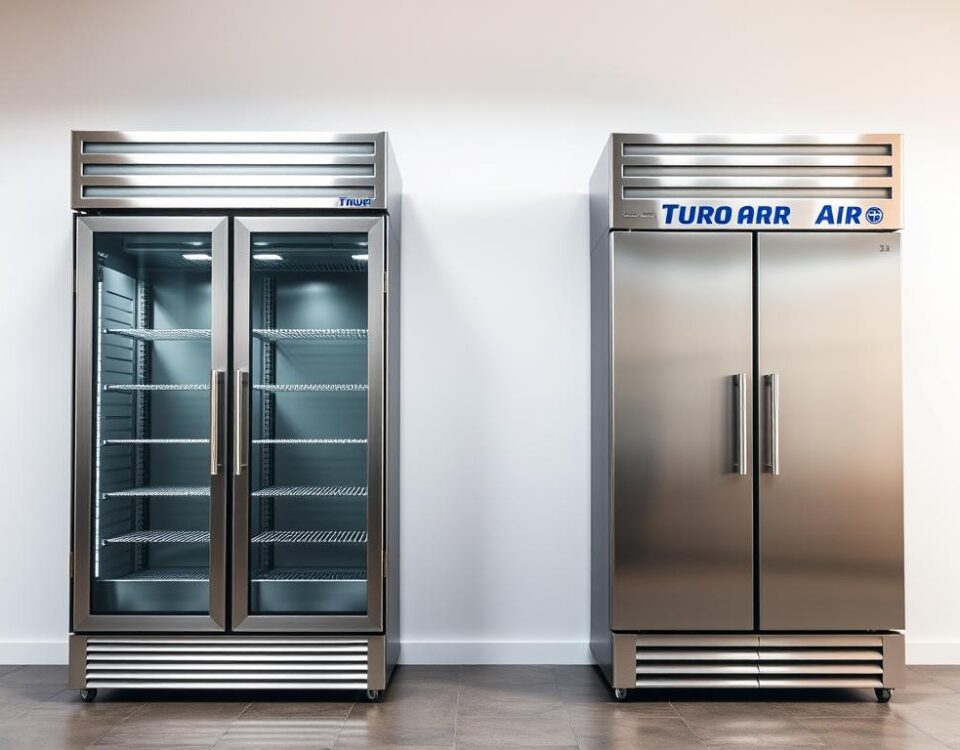
Top 7 Tools Every Home Barista Needs in 2025
April 16, 2025
How to Froth Milk Like a Pro Without a Machine
April 17, 2025There’s something magical about the ritual of brewing coffee. For years, my mornings began with the same question: “How do I want to experience my cup today?” Whether it was the earthy aroma of a slow-steeped brew or the intense kick of a concentrated shot, my journey led me to two beloved methods—the French press and the moka pot. Both promised richness, but each carved its own path to perfection.
I still remember the first time I tried a moka pot coffee. The metallic gleam of the device felt intimidating, but the reward—a velvety, almost espresso-like drink—made every step worth it. Then there’s my trusty French press, a companion for lazy Sundays, delivering a full-bodied cup with minimal effort. What surprised me most? Both methods are eco-friendly, avoiding paper filters and single-use waste.
This isn’t just about taste—it’s about how these brewers fit into your life. Do you prioritize speed or savor the process? Need something portable for adventures or a sturdy countertop staple? Let’s explore what makes each unique, from flavor profiles to cleanup, so you can brew with confidence.
Key Takeaways
- Both brewing styles produce bold, rich coffee but use different techniques.
- French press requires coarse grounds and a longer steep time.
- Moka pots use pressure to create a strong, espresso-like concentrate.
- Neither method relies on disposable filters, reducing waste.
- Cleaning is straightforward for both, though design varies.
- Portability and brew time may influence your preference.
Introduction to Manual Coffee Brewing
Every morning, I dance with coffee grounds, water, and time—a trio that taught me the art of patience. Manual brewing isn’t just about caffeine; it’s about connecting with every step, from measuring beans to savoring the first sip. Unlike automated machines, these methods let you control strength, texture, and aroma like a conductor guiding an orchestra.
My Journey with Coffee Makers
I’ve owned drip machines, pod systems, and even a siphon brewer. But nothing clicked until I tried manual devices. My first stainless steel pot coffee maker felt clunky, but its earthy results hooked me. Then came the press—a glass-and-metal marvel that turned coarse grounds into liquid velvet. Each tool taught me something new: slower isn’t worse, and pressure creates magic.
Weekend camping trips sealed my love for portable brewers. A compact pot coffee setup by the campfire? Perfection. At home, I’d experiment with grind sizes and steep times, chasing flavors machines couldn’t replicate. That’s the beauty of hands-on brewing—every tweak matters.
Why I Compare These Two Brewers
Both devices excel at extracting boldness, but their approaches differ wildly. The press relies on immersion, letting grounds swim freely. The other uses steam pressure to force water upward, creating a concentrated, almost syrupy drink. Yet they share core strengths: no electricity, minimal waste, and results that outshine most cafes.
| Feature | Immersion Brewer | Pressure Brewer |
|---|---|---|
| Brew Time | 4-5 minutes | 5-7 minutes |
| Flavor Control | Adjustable steep time | Heat management critical |
| Portability | Fragile glass | Durable metal |
| Sustainability | Reusable mesh | Zero filters |
Choosing between them isn’t about right or wrong—it’s about matching your rhythm. Do you crave hands-on tweaking or consistent intensity? Your answer might surprise you.
Brewing Fundamentals: How They Work
The aroma of freshly ground beans still makes my kitchen feel like a café. To unlock their full potential, you need to understand two distinct brewing philosophies. One method lets coffee mingle freely with water, while the other pushes boundaries—literally.
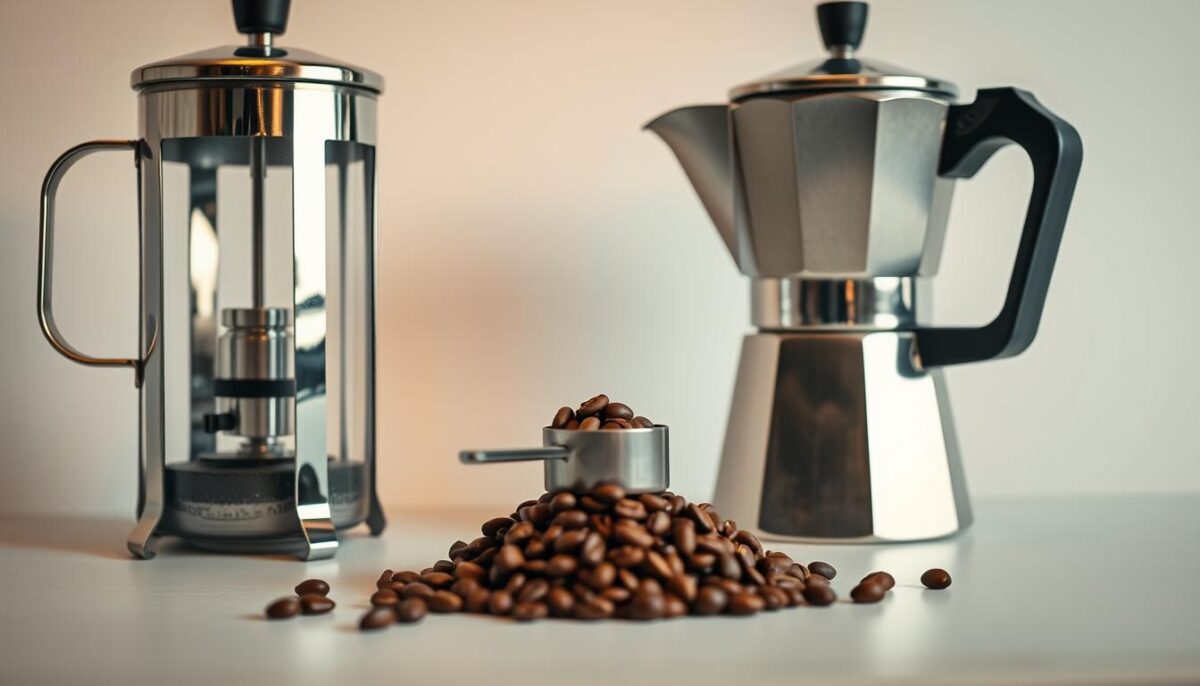
Immersion Brewing: Freedom in the Cup
Coarse grounds steep like tea leaves here. Hot water wraps around every particle for 4-5 minutes, extracting oils and subtle notes. When you press the plunger down, a metal mesh acts as a gatekeeper—letting liquid through but trapping grit. “Patience rewards you,” I whisper while waiting for my morning brew.
Pressure-Driven Extraction: Strength Through Force
This stovetop method turns heat into steam power. Water climbs upward through a chamber of finely ground beans, creating a rich concentrate in minutes. The result? A drink that’s thicker than drip but lighter than espresso—perfect for those who crave intensity without machinery.
“Brewing is science you can taste. Control the variables, and your cup becomes a masterpiece.”
| Brewing Factor | Immersion Method | Pressure Method |
|---|---|---|
| Grind Size | Coarse (sea salt) | Fine (table salt) |
| Water Contact Time | 4+ minutes | Under 2 minutes |
| Pressure Source | Manual press | Steam buildup |
| Flavor Profile | Balanced & Oily | Bold & Concentrated |
Your beans’ roast level and origin shine differently in each style. Lighter roasts pop in immersion brews, while darker blends thrive under pressure. Experimentation is key—your perfect cup awaits.
Detailed French Press Moka Comparison
Coffee’s soul lies in how water meets grounds—gentle immersion or forceful pressure. I’ve spent years testing both approaches, discovering how these methods shape every sip’s personality. Let’s dissect what happens beneath the surface.
Extraction Techniques and Flavor Impact
The immersion maker lets grounds swim freely, pulling out oils and subtle notes over minutes. My morning cup tastes earthy, almost like wet soil after rain. But the stovetop device? It’s a pressure cooker for beans. Steam forces water through fine particles, creating a drink that mimics espresso’s intensity without machinery.
“Your grind size decides the flavor journey—coarse for clarity, fine for fire.”
Cost, Durability, and Maintenance
Both brewers cost less than a week’s café trips. The glass-and-metal maker lasts years if handled gently, while its stovetop cousin withstands drops and campfires. Cleaning? A quick rinse works for daily use, though the metal filter needs occasional scrubbing.
| Factor | Immersion Brewer | Pressure Brewer |
|---|---|---|
| Initial Cost | $20-$40 | $25-$50 |
| Lifespan | 3-5 years | 10+ years |
| Maintenance | Replace mesh ($5) | New gasket ($8) |
| Eco-Friendliness | Zero waste | No filters |
Your choice depends on taste preferences and lifestyle. Crave hands-off simplicity or bold complexity? Both methods deliver magic in their own way.
Flavor Profiles and Taste Experience
Coffee tastes like adventure—every sip reveals new terrain. My taste buds have trekked through jungles of earthy depth and scaled peaks of bold intensity thanks to these two brewers. Let’s map their flavor landscapes.
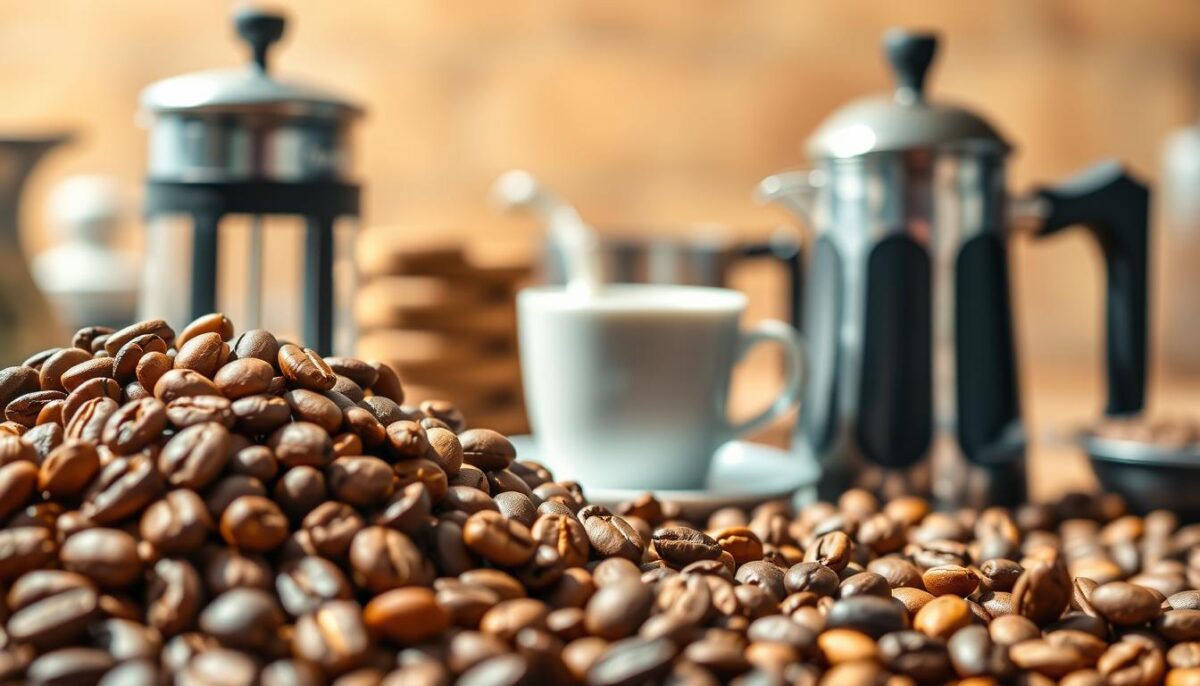
Bold and Earthy Notes from Immersion Brewing
My glass brewer coaxes out flavors like a storyteller. Coarse coffee grounds steep freely, creating a cup that feels like crushed velvet. Notes of dark chocolate and toasted walnut emerge, followed by a faint floral whisper. The longer steep time (4+ minutes) lets oils cling to every drop, giving it a weighty mouthfeel.
Last week, I brewed a Colombian roast this way. The result? A smoky aftertaste that lingered like campfire embers. That’s the magic of full immersion—it doesn’t rush the beans.
Intense, Concentrated Character of Stovetop Brewing
The metal pot on my stove works differently. It’s a pressure artist, squeezing caramelized sugars and boldness from fine particles. My morning cup here tastes like espresso’s bolder cousin—thick enough to stand a spoon in, with a crema-like foam on top.
Ethiopian beans shine here. Their blueberry notes transform into something richer, almost jam-like. Heat management matters: too high, and bitterness creeps in; too low, and the brew feels thin.
| Aspect | Immersion Brew | Pressure Brew |
|---|---|---|
| Body | Heavy, oily | Syrupy, dense |
| Aftertaste | Long, evolving | Sharp, clean |
| Acidity | Mellow | Bright |
| Ideal Roast | Light-medium | Medium-dark |
Your preference depends on what you crave: a slow-sipped journey or a bold morning rocket. Both moka pot french and pot french press styles deliver unforgettable flavors—no barista degree required.
Versatility and Alternative Uses
My coffee gear once surprised me by moonlighting as a kitchen multitasker. Beyond crafting rich cups, these brewers can tackle unexpected tasks—if you know their hidden talents.
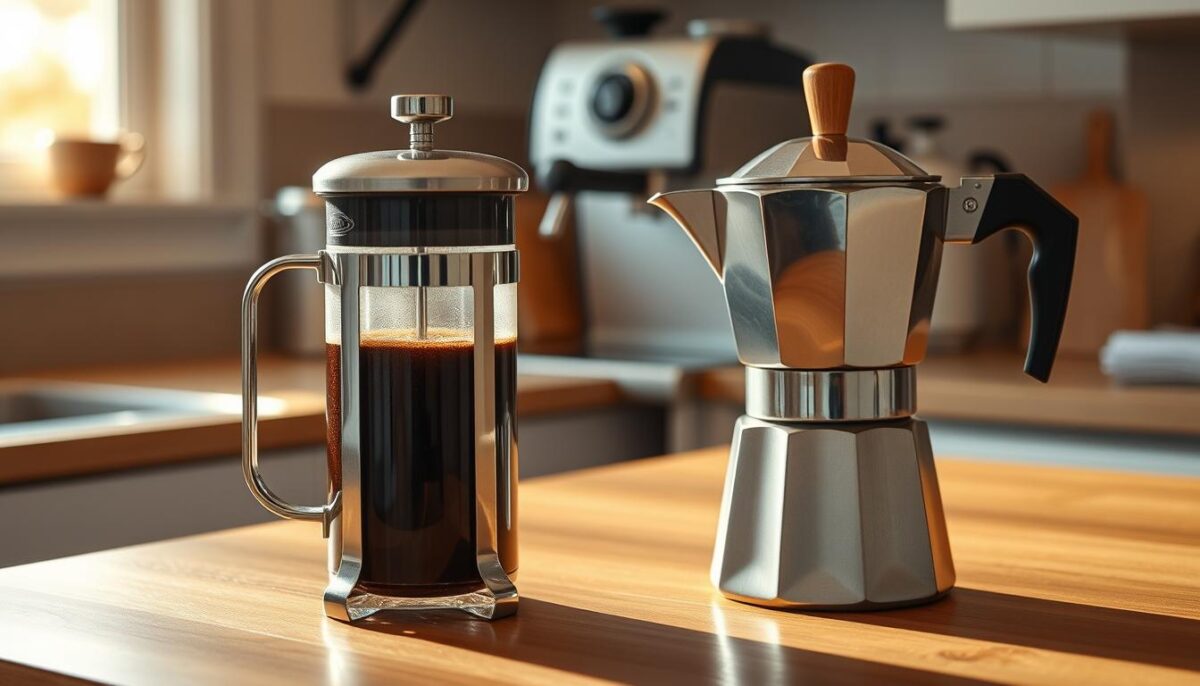
Brewing Tea and Cold Brew Options
My glass brewer became a tea station last winter. Loose-leaf chamomile steeped beautifully in its mesh filter, and straining cold brew overnight was effortless. For iced drinks, I combine coarse grounds with cold water, refrigerate for 12 hours, and press. The result? Smooth, low-acid coffee perfect for summer mornings.
Using Your Coffee Maker Beyond Coffee
That same device frothed oat milk for my chai latte yesterday. Just pump the plunger rapidly in warm milk. The stovetop brewer? It’s less flexible—lingering coffee oils clash with herbal teas. But its compact size makes it my go-to for camping trips. I’ve even boiled water in it when my kettle broke!
| Use Case | Immersion Brewer | Stovetop Brewer |
|---|---|---|
| Tea Brewing | Excellent (no residue) | Not recommended |
| Cold Brew | Ideal for large batches | Too small |
| Milk Frothing | Works well | Impossible |
| Travel Friendliness | Fragile | Durable |
Pro tip: Always rinse your equipment thoroughly after non-coffee uses. Hot water and soap remove tea tannins or milk proteins. Your morning cup will thank you.
Practical Considerations: Portability and Ease of Use
My backpack taught me more about coffee than any café ever did. Whether I’m hiking mountain trails or hosting brunch, ease of use and portability shape my brewing choices. Let’s unpack how these devices adapt to life’s rhythms.
Travel Friendliness and Compact Design
The stovetop brewer lives in my camping kit. Its three-piece design nests neatly, and I can brew strong coffee over a campfire without electricity. No need for a separate kettle—just add grounds hot water, and let physics work. Last summer, I made espresso-like shots at 10,000 feet elevation. Try that with a glass device!
User Experience in Everyday Brewing
At home, my countertop companion shines. The immersion brewer handles large batches effortlessly—ideal for Sunday gatherings. But here’s the catch: you’ll need preheated water and space for steeping. I’ve learned to microwave water first when my kettle’s occupied. Cleanup? A quick rinse works, though stray ground coffee specs sometimes hide in the mesh.
| Factor | Stovetop Brewer | Immersion Brewer |
|---|---|---|
| Travel Ready | Yes (self-contained) | No (separate heating) |
| Setup Time | 3 minutes | 5 minutes |
| Serving Capacity | 2-4 oz cups | 16-34 oz carafe |
| Heat Source | Campfire/stove | External kettle |
“Preheat your water while grinding beans—it shaves minutes off your routine.”
Choose based on your daily script. Need grab-and-go simplicity? Opt for the travel warrior. Prefer leisurely mornings with refills? The larger coffee maker wins. Both deliver quality, but their stages differ.
Eco-Friendliness and Maintenance Insights
Sustainability wasn’t my first thought when I started brewing coffee—until I saw the waste pile up. Both devices changed that. Unlike drip machines needing paper filters, these eco-warriors operate filter-free. Their design philosophy? “Brew boldly, leave lightly.”
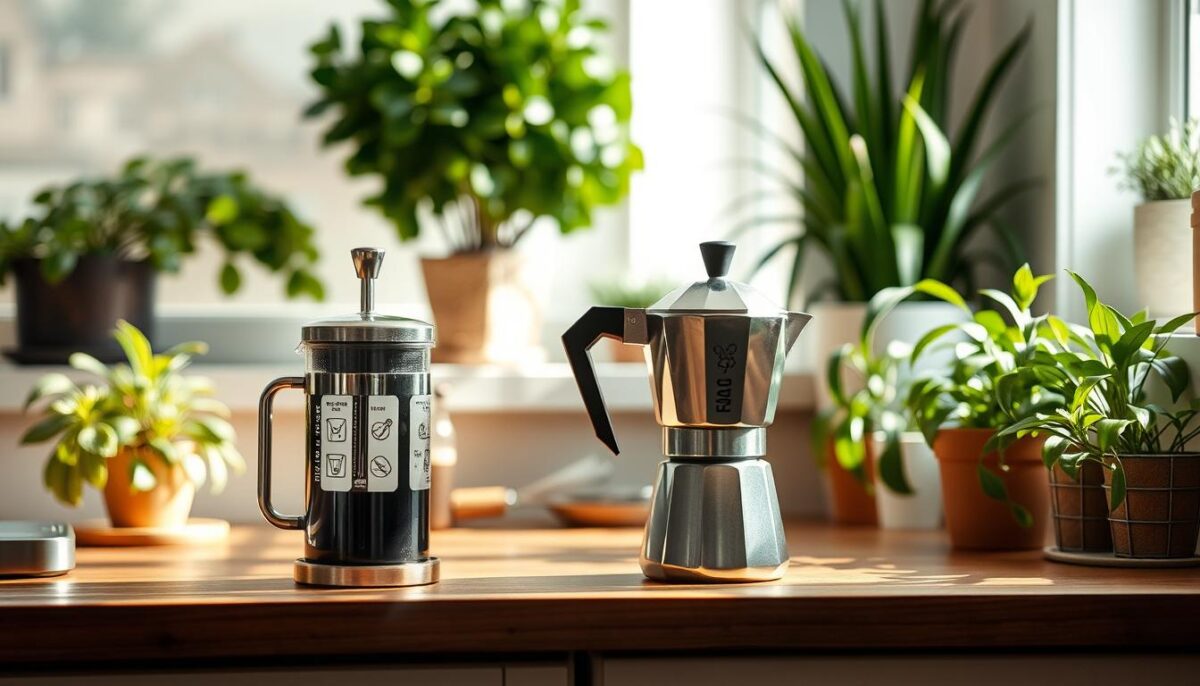
Built to Last, Designed to Sustain
My stainless steel pot survived five years of daily use and camping trips. Glass carafes? Handle carefully, but they outlive plastic alternatives. These materials avoid single-use parts entirely. When my mesh filter frayed, a $7 replacement revived the brewer instead of trashing it.
Clean Green, Keep it Lean
I rinse both devices immediately after use—hot water dissolves oils without soap. For stubborn residue, baking soda scrubs work wonders. Weekly, I soak metal parts in vinegar to prevent mineral buildup. Harsh chemicals? Never needed them.
| Aspect | Metal Brewer | Glass Brewer |
|---|---|---|
| Material | Stainless steel/aluminum | Borosilicate glass |
| Recyclable? | Yes (check local rules) | Yes |
| Common Parts to Replace | Gasket ($8) | Mesh filter ($5) |
| Lifespan Extension Tip | Descale monthly | Handwash only |
Pro tip: Buy replacement parts directly from manufacturers. Third-party filters might not fit perfectly, causing grit in your cup. A well-maintained brewer becomes a lifetime companion—no landfill required.
Conclusion
Choosing between these brewers feels like picking a travel companion for your coffee journey. The immersion method delivers earthy, full-bodied flavors through patient steeping, while the stovetop option crafts intense, espresso-like shots using steam power. Both excel without disposable filters, but their personalities differ wildly.
If you crave portability, the durable metal design thrives outdoors. Prefer lazy Sunday rituals? The larger size of the glass brewer suits slow sipping. Maintenance is a breeze for both—just rinse and occasional part replacements.
My verdict? Keep both if possible. Use the compact metal pot for quick morning fuel and the immersion brewer for weekend indulgence. Your taste buds will thank you for the variety.
Ultimately, your flavors of choice and daily routine decide the winner. Try each method a bit—experimentation is half the fun. Whether you prioritize boldness or subtlety, both options brew magic in their own way.
FAQ
How does the taste differ between a French Press and a Moka Pot?
I find the French Press delivers bold, earthy flavors with a fuller body, while the Moka Pot creates intense, espresso-like coffee with a richer texture. The difference comes from how each method extracts oils and grounds.
Which is easier to clean: a French Press or a Moka Pot?
For me, the Moka Pot wins here. Its metal build and fewer parts make rinsing simpler. The French Press requires disassembling the plunger and dealing with leftover grounds, which can be messier.
Can I make strong coffee with both devices?
Absolutely! The Moka Pot naturally brews a concentrated cup similar to espresso. With the French Press, I use a longer steep time and a finer grind to boost strength without losing smoothness.
Do these brewers last long with regular use?
Yes, if cared for. My stainless steel Moka Pot has survived years of stovetop heat. French Presses with glass carafes need gentle handling, but metal or durable plastic options hold up well.
Which one travels better for camping or small kitchens?
The Moka Pot’s compact size fits easily in bags, and it works on any heat source. The French Press is bulkier but great for sharing larger batches—just pack it securely to avoid breakage.
Is one method cheaper than the other?
Both are budget-friendly long-term. Entry-level Moka Pots often cost less upfront, but French Presses skip the need for paper filters. I’ve saved money with both by reusing grounds for cold brew or compost.
Can I brew tea or other drinks with these?
Definitely! I’ve used my French Press for loose-leaf tea and cold brew. The Moka Pot isn’t ideal for tea, but I’ve experimented with brewing concentrated chai or hot chocolate by adjusting the water-to-ingredient ratio.
Which is more eco-friendly?
Both reduce waste compared to pod machines. The French Press uses no filters, while the Moka Pot’s metal filter is reusable. I compost the coffee remnants from both to minimize my environmental footprint.
Are these devices beginner-friendly?
Yes! The French Press is forgiving—just add grounds and hot water. The Moka Pot has a slight learning curve to avoid burnt flavors, but once you nail the heat settings, it’s a breeze. Start with either and tweak as you go!

